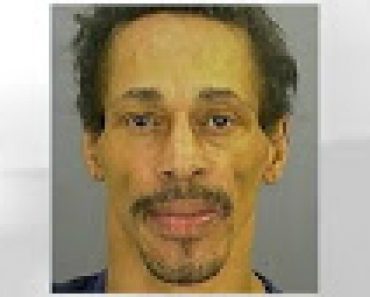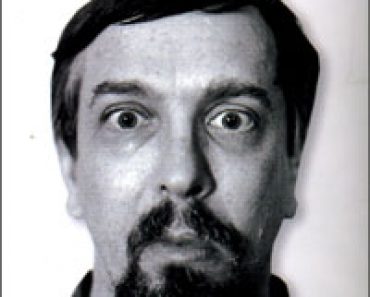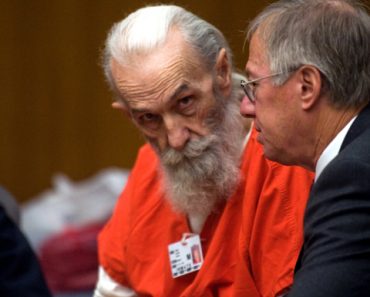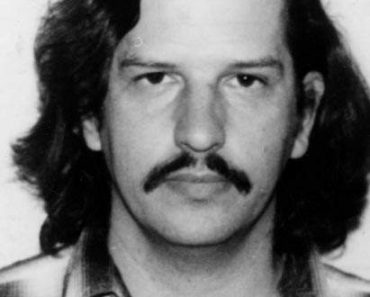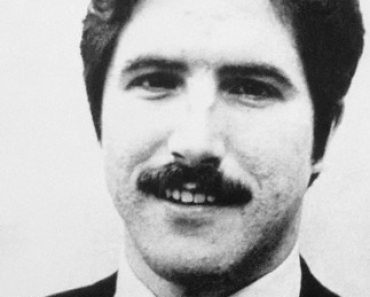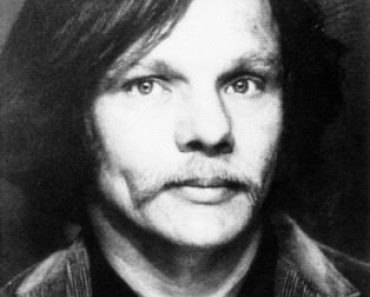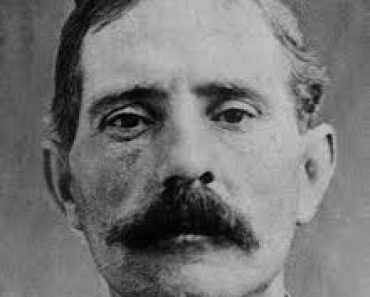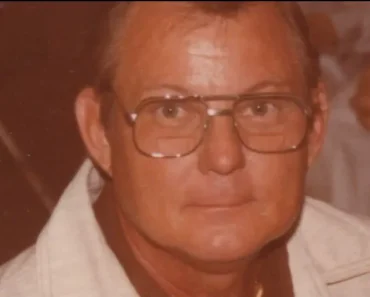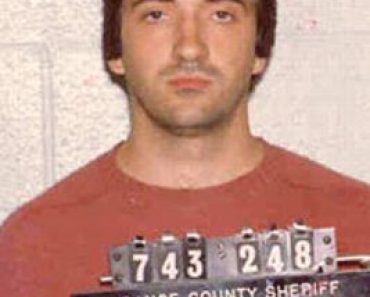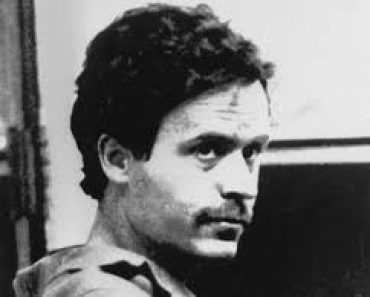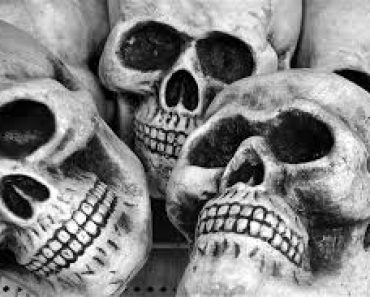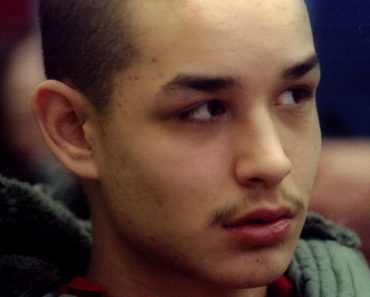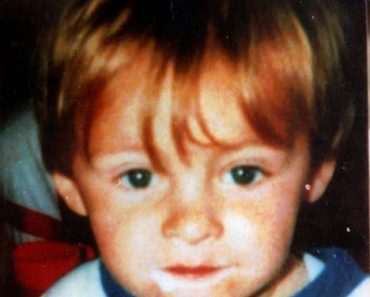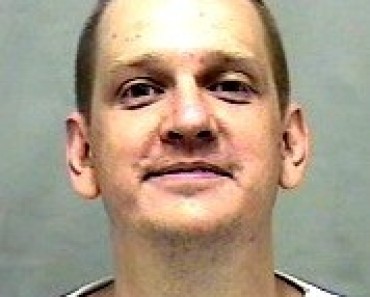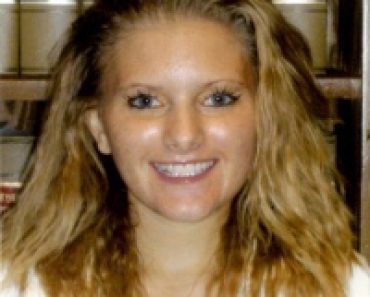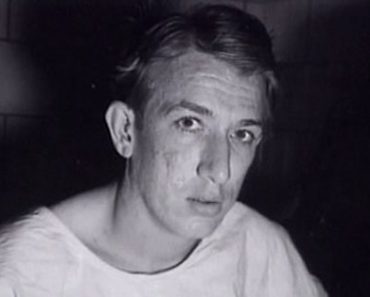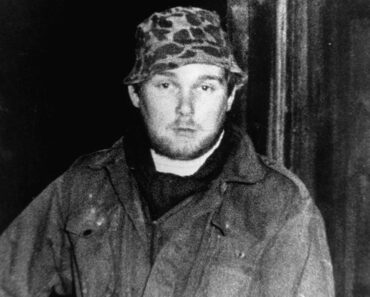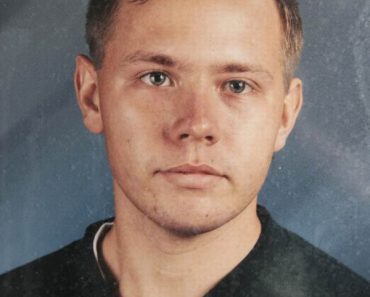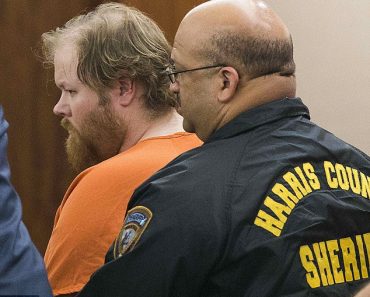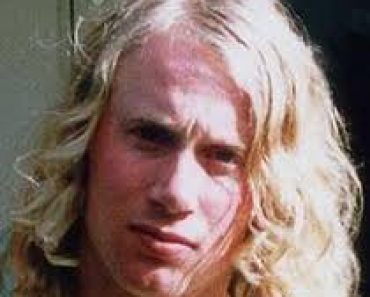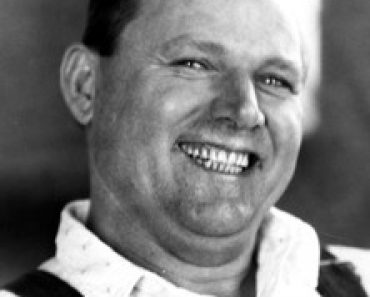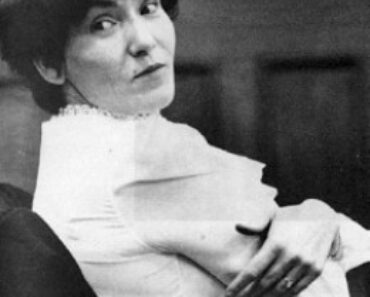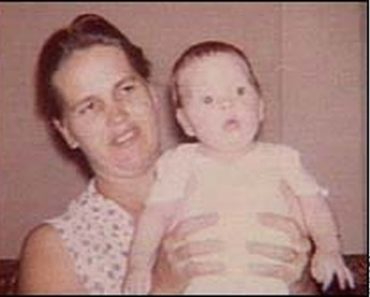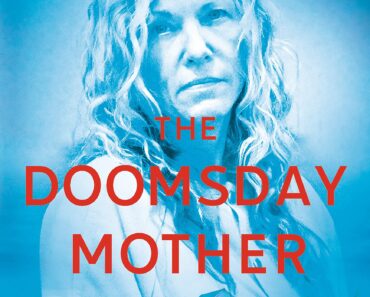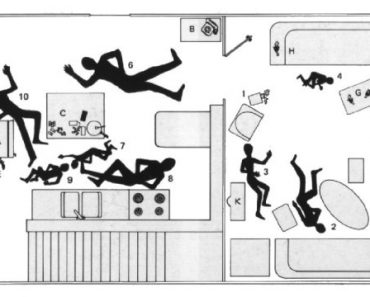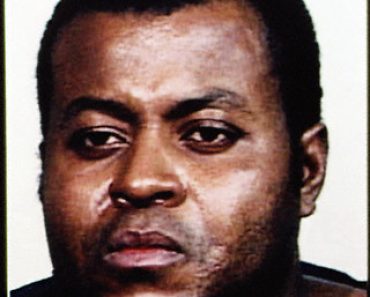
Vasily Mikhailovich Blokhin
The Executioner
A Soviet Russian Serial Murderer
Crime Spree: 1926 – 1953
Vasily Mikhailovich Blokhin was a Soviet Russian Major-General who served as the chief executioner of the Stalinist NKVD under the administrations of Genrikh Yagoda, Nikolai Yezhov, and Lavrentiy Beria.
Hand-picked for the position, by Joseph Stalin in 1926, Vasily Blokhin led a company of executioners. This company performed and/or supervised numerous mass killings during Stalin’s reign, mostly during the Great Purge and World War II. Vasily Blokhin is recorded as having executed tens of thousands of prisoners himself, including about 7,000 Polish prisoners of war during the Katyn Massacre in spring 1940. This act alone made him the most prolific official executioner and mass murderer in recorded world history. Forced into retirement following the death of Stalin, Vasily Blokhin slipped into alcoholism and died two years later in 1955, supposedly from a self-inflicted gunshot.
The Early Life of Vasily Blokhin
Vasily Blokhin, born in 1895. He served in the Imperial Russian Army during World War I, and joined the Soviet state security agency Cheka in 1921. He was noted for his mastery of what Joseph Stalin termed chernaya rabota (wet work: assassinations, torture, intimidation and executions conducted clandestinely.)
Once he gained Stalin’s attention, Vasily Blokhin was quickly promoted and within six years he was appointed the head of the purposefully created Kommandatura Branch of the Administrative Executive Department of the NKVD. This branch was a company-sized element created by Stalin specifically for ‘wetwork’. The members of this special company were all approved by Stalin and took their orders directly from him, a fact that ensured the unit’s longevity despite three bloody purges of the NKVD.
The Badge of Honor
As senior executioner, Vasliy Blokhin had the official title of Commandant of the internal prison at the Lubyanka, which allowed him to carry out his duties with a minimum of scrutiny and no official paperwork. Although most of the estimated 828,000 NKVD executions conducted in Stalin’s lifetime were performed by local Chekists in concert with NKVD troikas, mass executions were overseen by specialist executioners from the Kommandantura.
In addition to overseeing the mass executions, Valisy Blokhin personally pulled the trigger in all of the individual high-profile executions conducted in the Soviet Union during his tenure. These included those of the Old Bolsheviks convicted at the Moscow Show Trials; Marshal of the Soviet Union Mikhail Tukhachevsky (convicted in a secret trial) and two of the three fallen NKVD Chiefs (Genrikh Yagoda, Nikolai Yezhov, that he had once served. He was awarded the Badge of Honor for his service in 1937.
The Katyn Massacre and Vasliy Blokhin
Blokhin’s most infamous act was the April 1940 execution by shooting of about 7,000 Polish prisoners interned in the Ostashkov prisoner of war camp in the Katyn forest. The majority were military and police officers who had been captured following the Soviet invasion of Poland in 1939. The event’s infamy also stems from the Stalin regime’s orchestration of the murders and the subsequent Soviet propaganda campaign which blamed Nazi Germany for the massacres.
In 1990, as part of Glasnost, Mikhail Gorbachev gave the Polish government the files on the massacres at Katyn, Starobelsk and Kalinin revealing Stalin’s involvement. Based on the April 4th secret order from Stalin to NKVD Chief Lavrentiy Beria, the executions were carried out over 28 consecutive nights at the specially constructed basement execution chamber at the NKVD headquarters in Kalinin, and were assigned, by name, directly to Vasily Blokhin, making him the official executioner of the NKVD.
Ambitious Quota
Blokhin initially decided on an ambitious quota of 300 executions per night. He engineered an efficient system in which the prisoners were individually led to a small antechamber—which had been painted red and was known as the “Leninist room”—for a brief and cursory positive identification, before being handcuffed and led into the execution room next door. The room was specially designed with padded walls for soundproofing, a sloping concrete floor with a drain and hose, and a log wall for the prisoners to stand against.
Vasily Blokhin would stand waiting behind the door in his executioner garb: a leather butcher’s apron, leather hat, and shoulder-length leather gloves. Then, without a hearing, the reading of a sentence or any other formalities, each prisoner was brought in and restrained by guards while Blokhin shot him once in the base of the skull with a German Walther Model 2 .25 ACP pistol. He had brought a briefcase full of his own Walther pistols, since he did not trust the reliability of the standard-issue Soviet TT-30 for the frequent, heavy use he intended. The use of a German pocket pistol, which was commonly carried by German police and intelligence agents, also provided plausible deniability of the executions if the bodies were discovered later.
Uninterrupted Accuracy
An estimated 30 local NKVD agents, guards and drivers were pressed into service to escort prisoners to the basement, confirm identification, then remove the bodies and hose down the blood after each execution. Although some of the executions were carried out by Senior Lieutenant of State Security Andrei Rubanov, Vasily Blokhin was the primary executioner and, true to his reputation, liked to work continuously and rapidly without interruption. In keeping with NKVD policy and the overall “wet” nature of the operation, the executions were conducted at night, starting at dark and continuing until just prior to dawn.
The bodies were continuously loaded onto covered flat-bed trucks through a back door in the execution chamber and trucked, twice a night, to Mednoye, where Blokhin had arranged for a bulldozer and two NKVD drivers to dispose of bodies at an un-fenced site. Each night, 24–25 trenches were dug, measuring 26 to 33 ft in length, to hold that night’s corpses, and each trench was covered over before dawn.
Every Three Minutes
Blokhin and his team worked without pause for 10 hours each night, with Vasily Blokhin executing an average of one prisoner every three minutes. At the end of the night, Vasily provided vodka to all his men. On April 27th, 1940, Blokhin secretly received the Order of the Red Banner and a modest monthly pay premium as a reward from Joseph Stalin for his “skill and organization in the effective carrying out of special tasks”.
His count of 7,000 shot in 28 days remains the most organized and protracted mass murder by a single individual on record, and saw him being named the Guinness World Record holder for ‘Most Prolific Executioner’ in 2010.
The Death of Vasily Blokhin
Vasily Blokhin was forcibly retired in 1953 following Stalin’s death that March. However, his “irreproachable service” was publicly noted by Beria at the time of his departure. After Beria’s fall from power in June of the same year, Blokhin’s rank was stripped from him in the de-Stalinization campaigns of Nikita Khrushchev. He reportedly sank into alcoholism and serious mental illness. Vasily Blokhin died on February 3, 1955, by suicide.
credit wikipedia
This site contains affiliate links. We may, at no cost to you, receive a commission for purchases made through these links


